From mud to money – how ‘artrepreneurs’ convert clay to ceramic art, at Gallery Manora
Humble pottery has evolved over the centuries into beautiful ceramic art. Art entrepreneurs today are not just exploring their creative side, but building careers as studio potters.

PhotoSparks is a weekly feature from YourStory, with photographs that celebrate the spirit of creativity and innovation. In this edition, we feature some of the creativity of ceramic artists at Gallery Manora in Bengaluru.
In the earlier 170 posts, we brought you a wide range of creative photographs from an art festival, cartoon gallery. world music festival, telecom expo, millets fair, climate change expo, street art festival, wildlife conference, startup festival, Diwali rangoli, and jazz festival.
Located off 100 Feet Road in Indiranagar, Gallery Manora has hosted a range of exhibitions on pottery, photography, sculpture and painting (see my earlier photo essay on the ‘Moment in Time’ exhibition).
The current exhibition, titled ‘Bowl’d Over,’ features ceramic art from 10 emerging and established artists: Amrita Dhawan, Anubha Jaswal, Kshitija Mitter, Mahima Singh, Maya Babu, Nalini Thyagarajan, Pritpal Singh, Shilpy Gupta, Shubha Raghavan, and Vijay Vasudevan. Their art works are priced from Rs 2,000 to Rs 20,000 (let’s see if you can guess the price from the photos below!).
“The artists are of age 25 to 55, and bring a lot of fun and playfulness beyond the traditional ceramic form,” said Gomathi Suresh, Founder/Director, Gallery Manora. She shuttles between Australia and India, and is finishing an arts diploma in ceramics in Sydney.
The launch of the exhibition featured demos, talks and workshops. The technology of ceramics is evolving with new firing techniques, glazing methods, and controllable kilns. “There is a science but also some unpredictability in the process. There is chemistry but also a lot of excitement,” explained Gomathi, in a chat with YourStory.
Pottery constitutes one of the oldest known art forms, and is very much alive and evolving. The Manora exhibition showcases the strength and fragility of clay, the dichotomy of freedom and containment, the confluence of science and art, according to Gomathi. There are unusual colours, textures and forms, covering functional as well as abstract designs.
The featured artists have a wide range of experiences. Amrita Dhawan has exhibited across India and China, and some of her art is inspired by erosion (‘earthsmith’). Maya Babu’s work is also on display at the Yadawei Ceramic Studio, Dubai.
Kshitija Mitter trained in Germany and organises the Bangalore Potters Market. She has exhibited at the Kala Ghoda Arts Festival in Mumbai (see my earlier photo essay). Ceramic art is a good way to challenge established “dried and baked” notions about oneself, she jokes.
Pritpal Singh is an artist, animator, sculptor and designer, who believes that porcelain works can be both art and functional. “It’s hard to remember every dream, unless you can bring it to life,” he says.
Shubha Raghavan, a fulltime studio potter with a degree in computer science, draws inspiration from monk bowls as well as the Fibonacci Series. She says she is delighted by patterns in art that are geometric and unpredictable.
Anubha Jaswal trained under veteran artist Mansimran Singh, and tries to break conventions of perfect symmetry. Mahima Singh teaches porcelain art at Clay Station. Other artists like Vijay Vasudevan blend nature, Indian tradition, Middle Eastern geometric patterns, and Scandinavian simplicity.
Some artists were influenced right from childhood days by memories of traditional village potters in India, others caught the art bug during studies and postings overseas. Interestingly, many of the exhibiting artists have engineering and IT backgrounds, but have become fully engaged in ceramic arts.
“Be engaged in the creative space. Art is everywhere,” advises Gomathi. The clay art scene in Bengaluru is maturing, thanks to a growing number of studios such as Clay Station. (See also YourStory’s coverage of Hitkari pottery, Clay Station, Maati, Blue Pottery, Sumra potters, and Jaipur Dehaati.)
Even those who do not want to or are unable to become artists can stay involved in the business, as curators, traders or managers. Gomathi comes from a family business background, in consumer products – but she got hooked onto ceramic art.
“Be daring, and don’t think twice about pursuing your interests. Keep the passion alive,” Gomathi signs off.
Now what have you done lately to fire up your creative side and bring your passion to life?
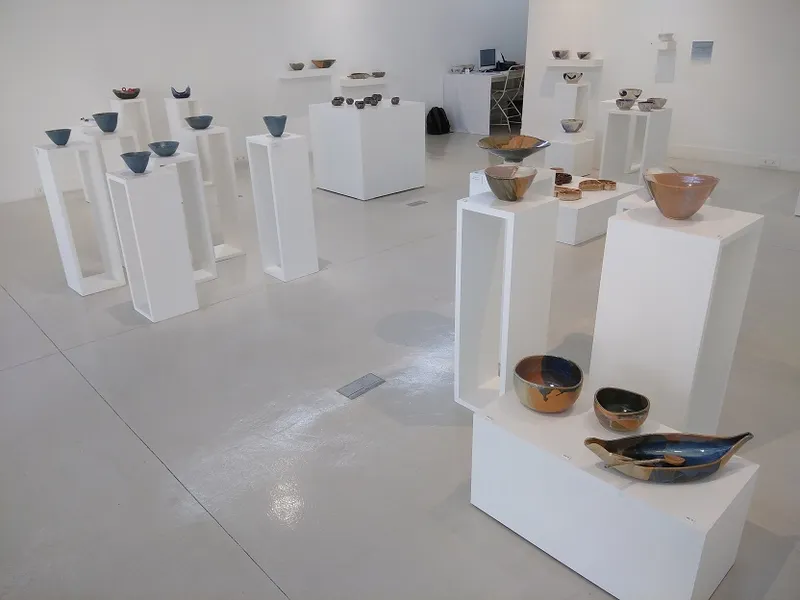
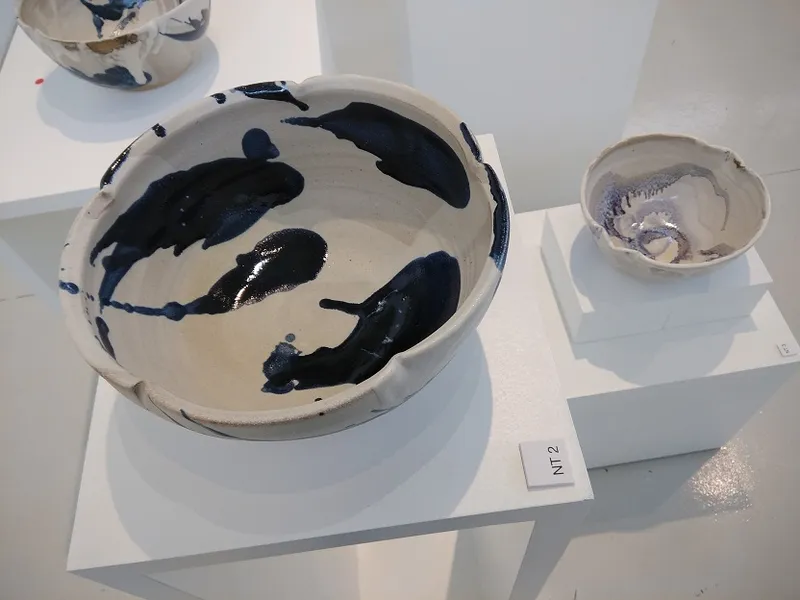

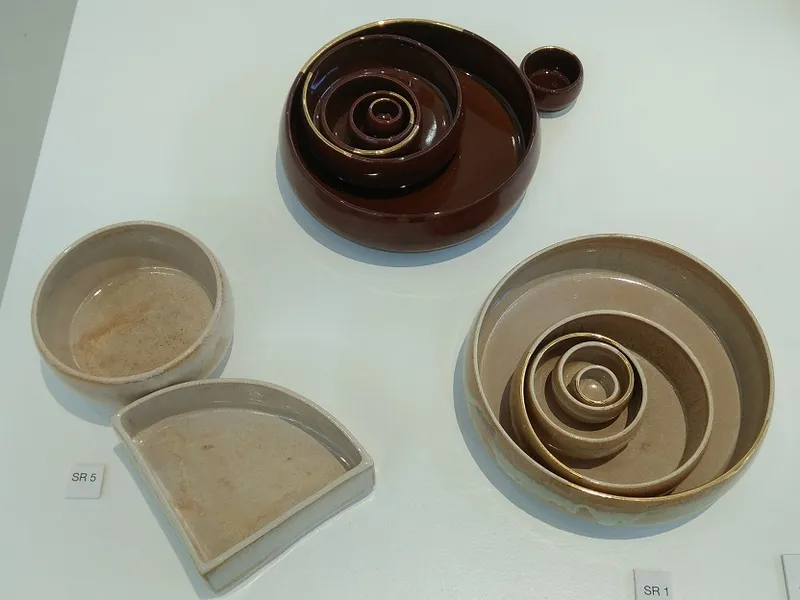
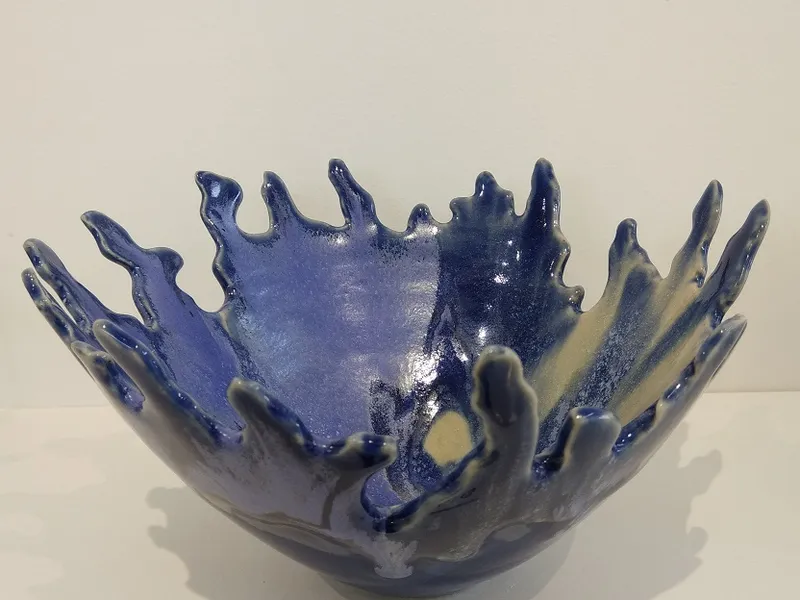
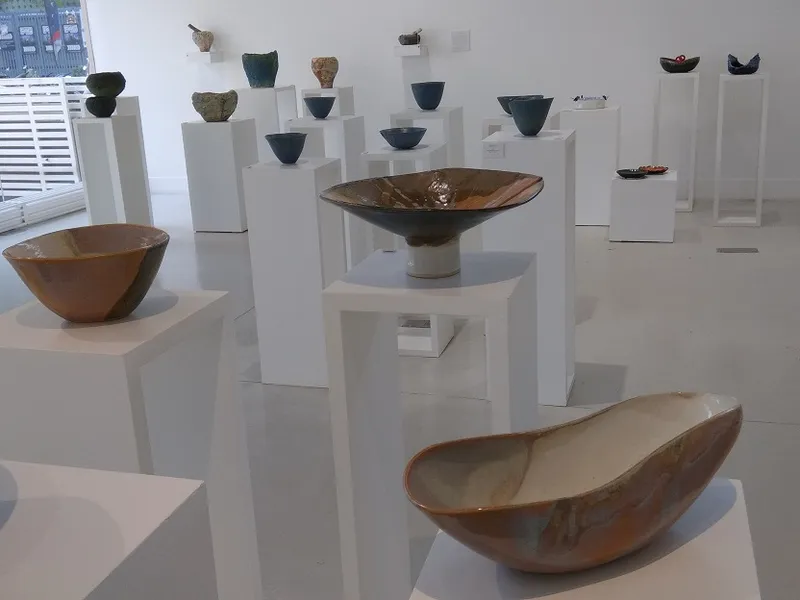
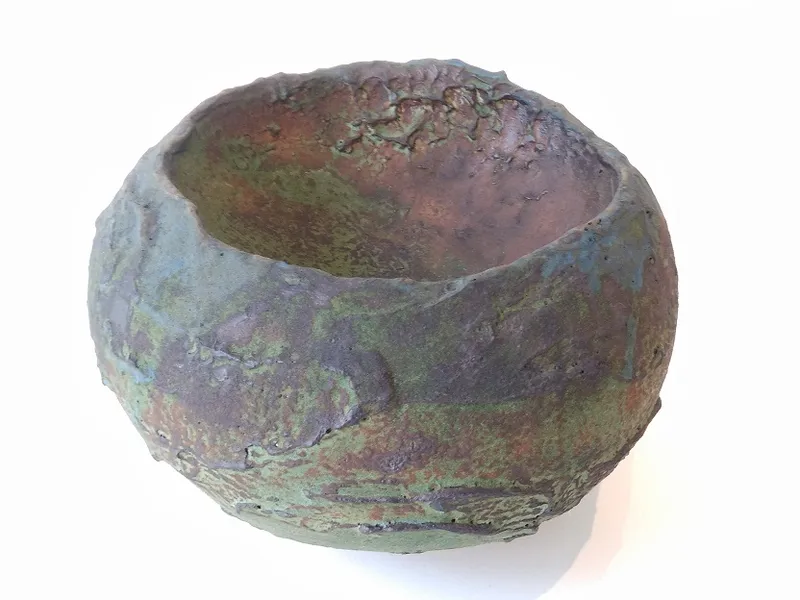
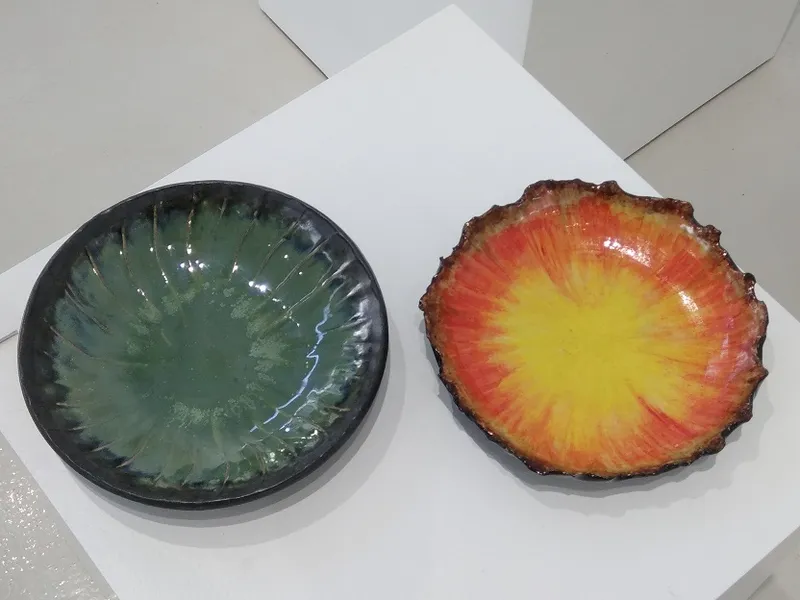
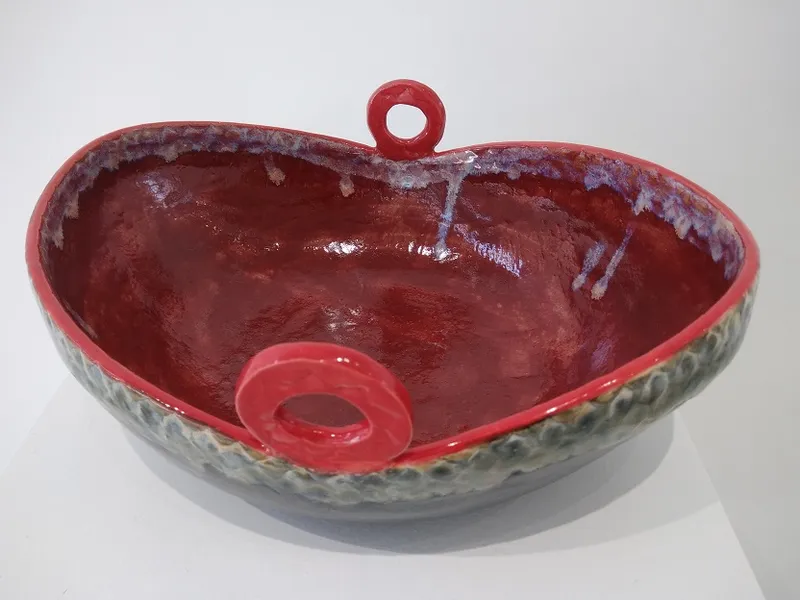
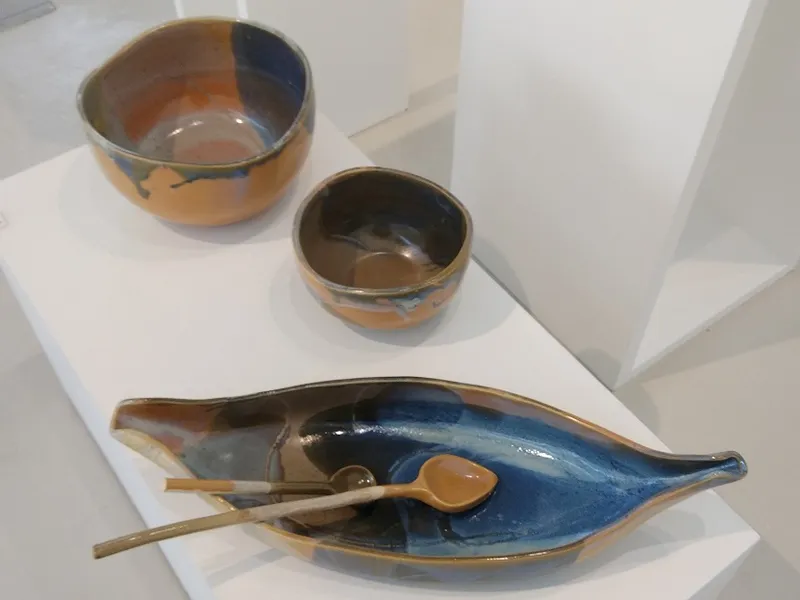

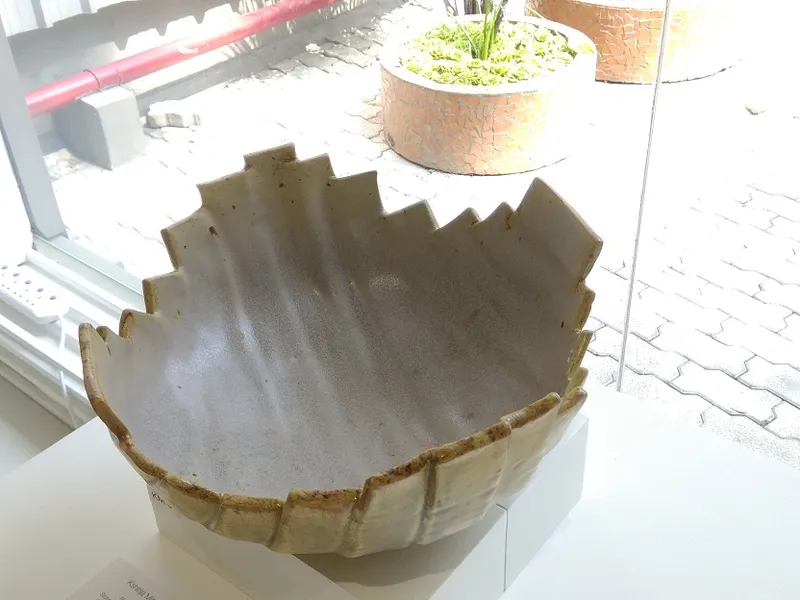
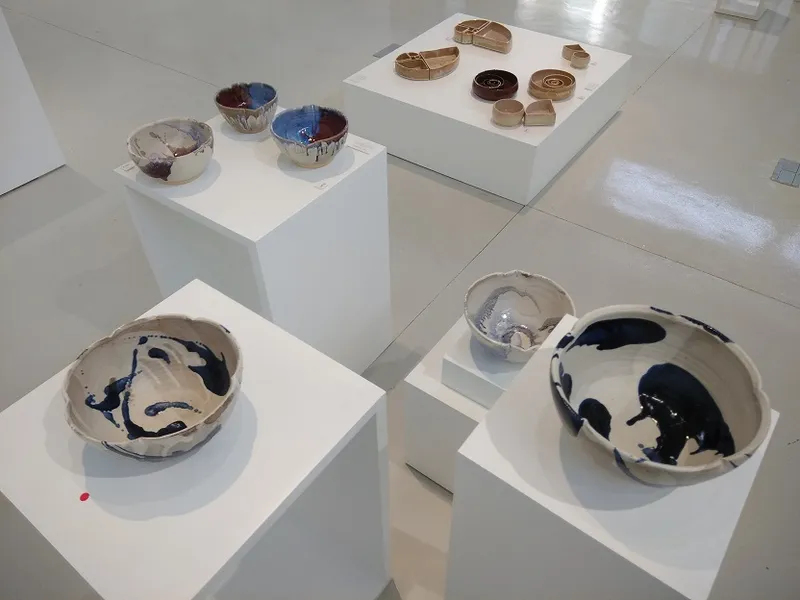

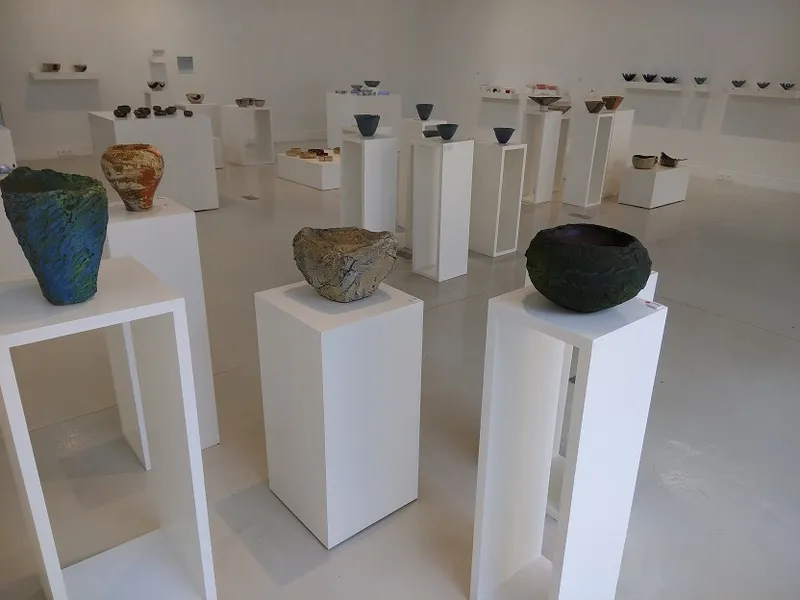
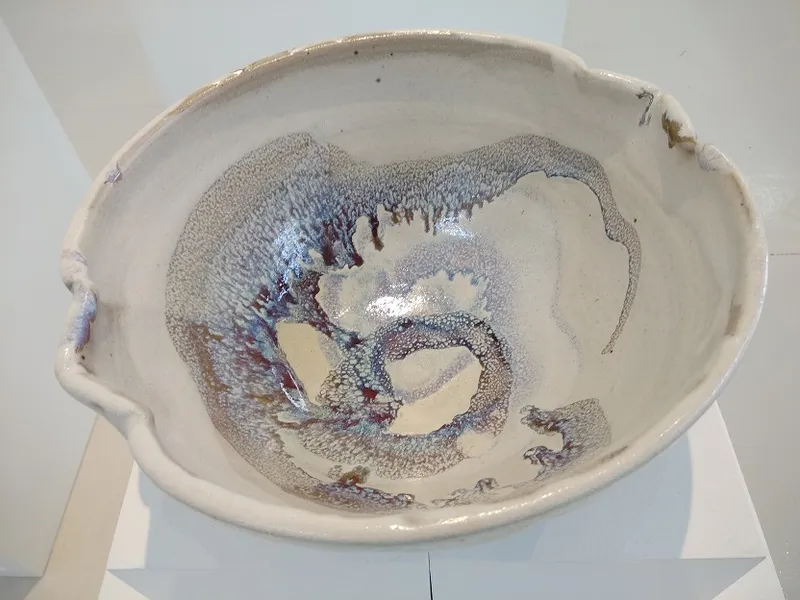
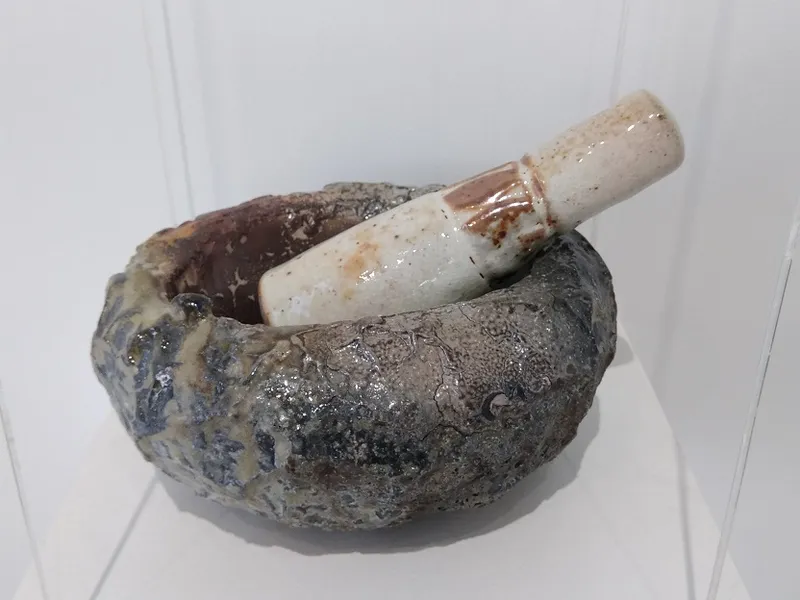
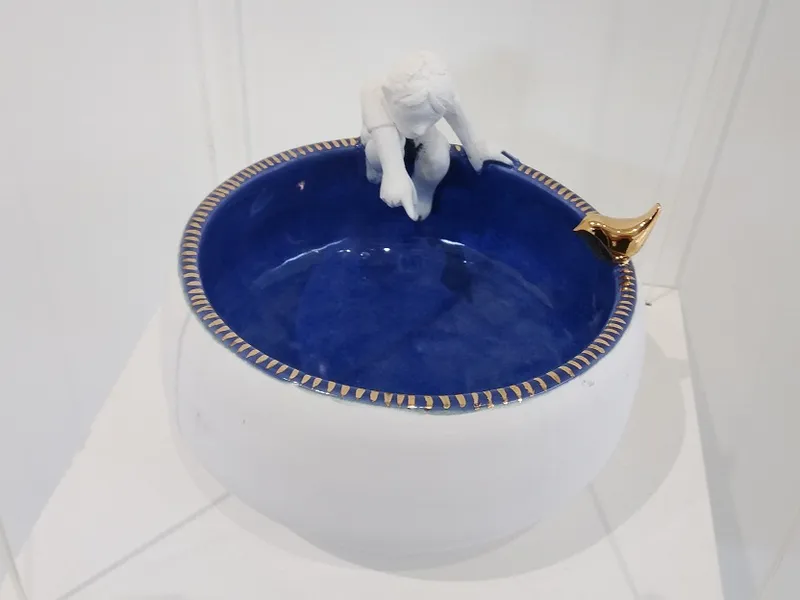
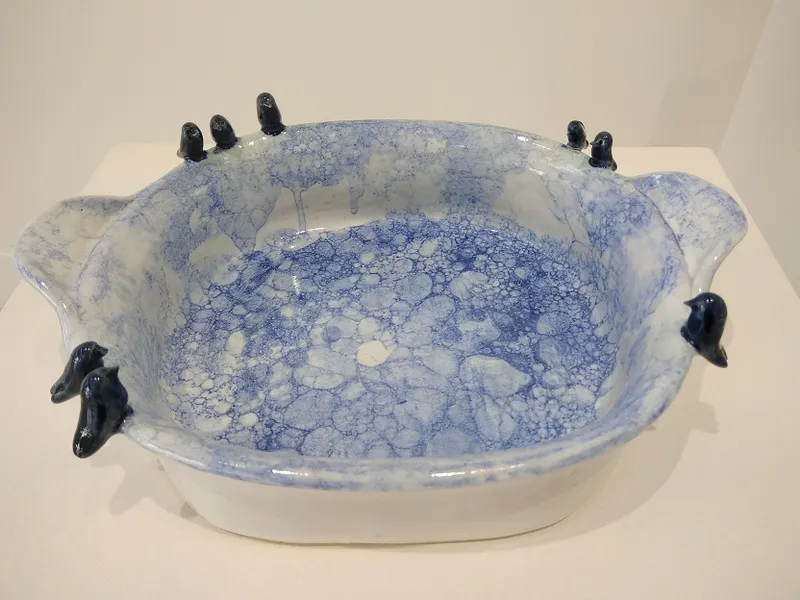
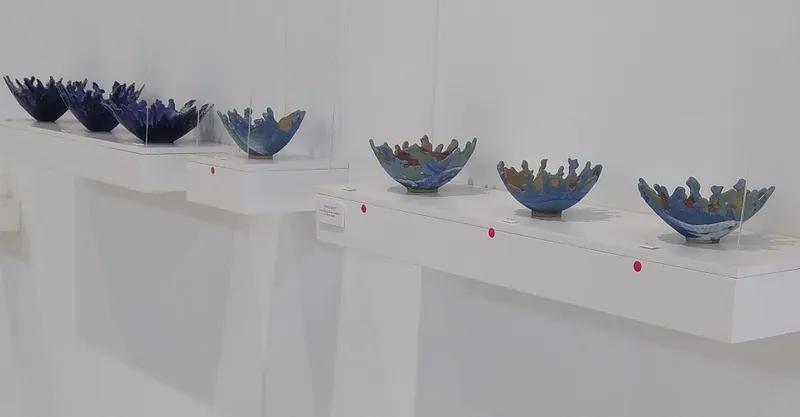
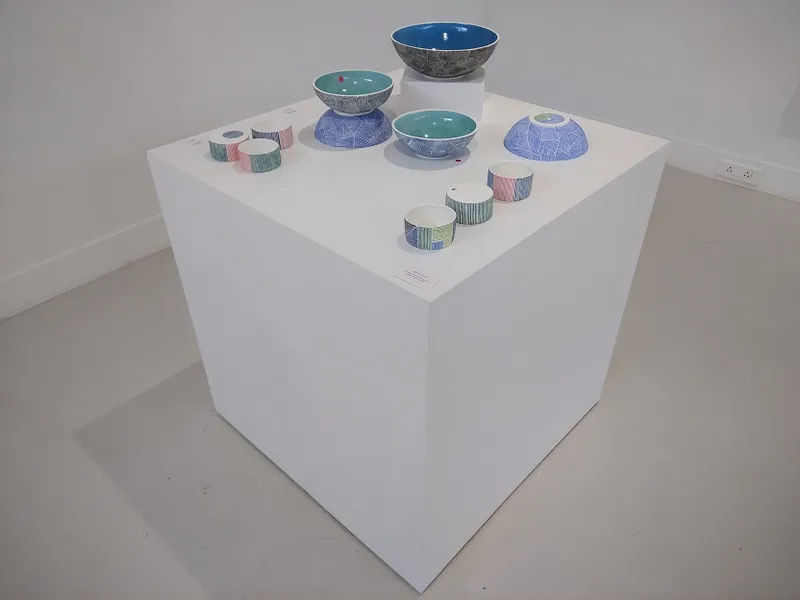
Got a creative photograph to share? Email us at PhotoSparks@YourStory.com!
See also the YourStory pocketbook ‘Proverbs and Quotes for Entrepreneurs: A World of Inspiration for Startups,’ accessible as apps for Apple and Android devices.







